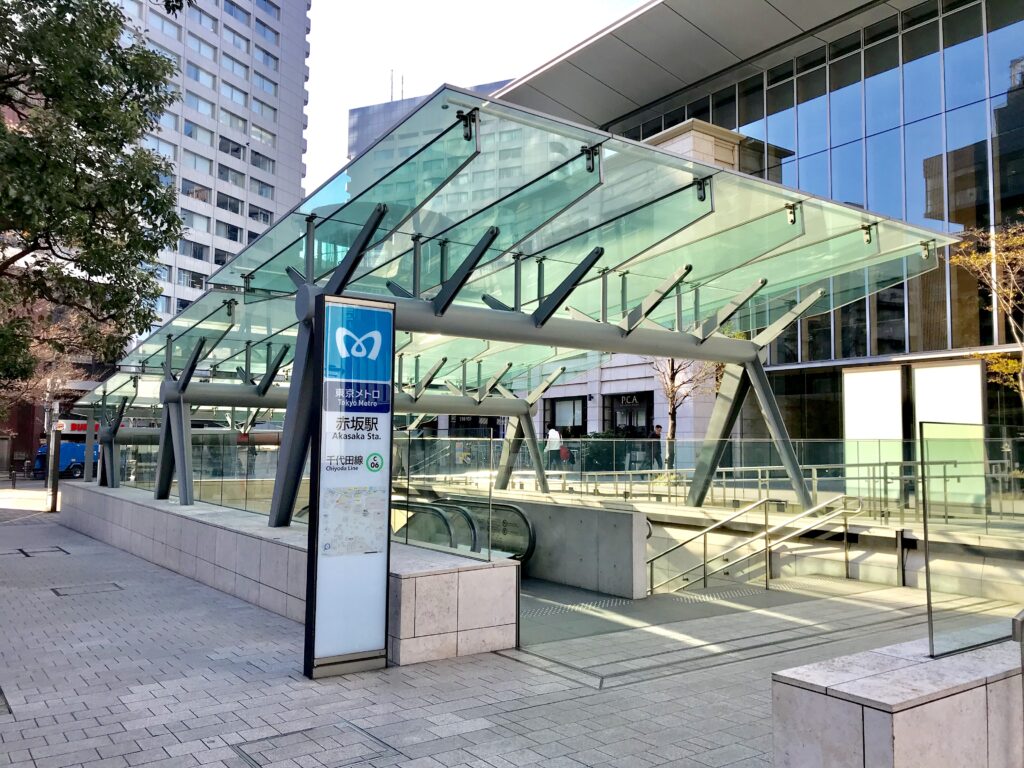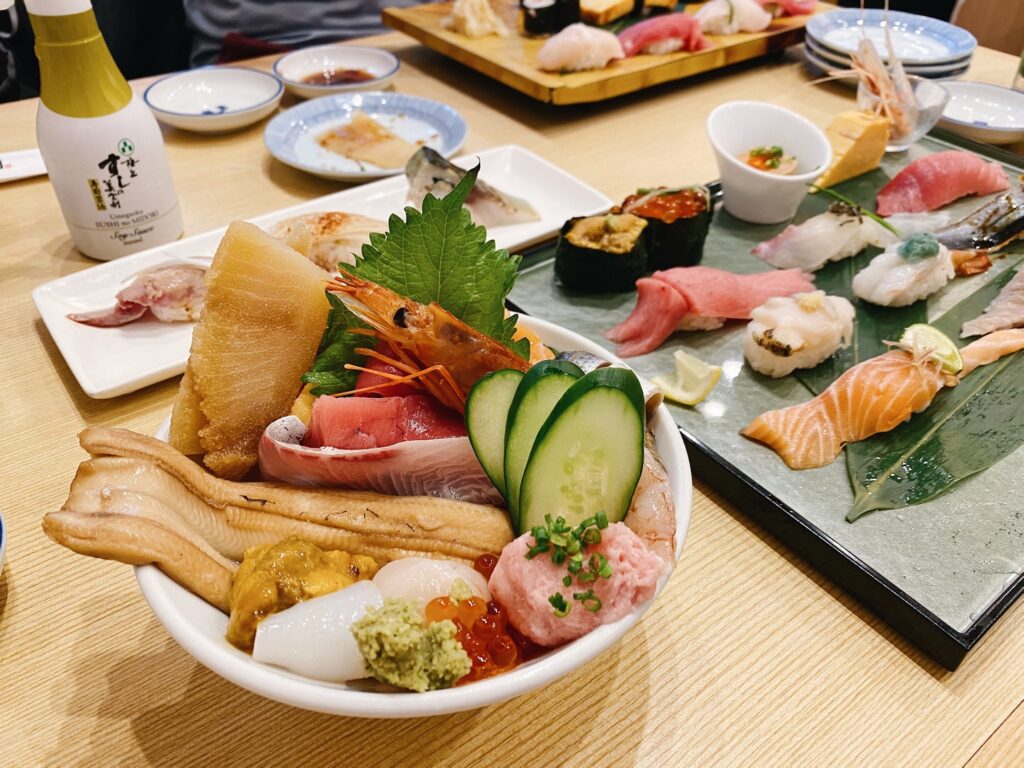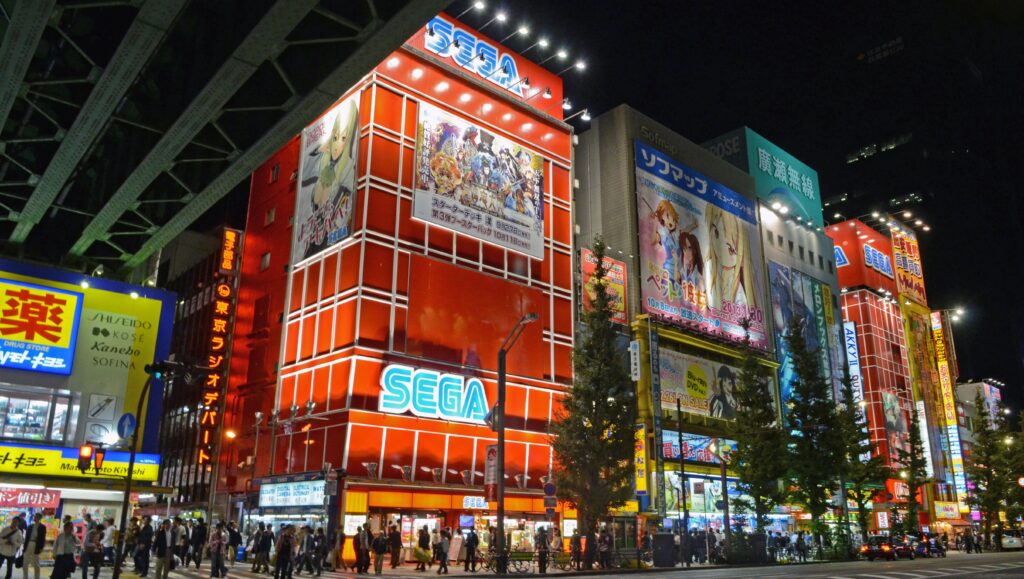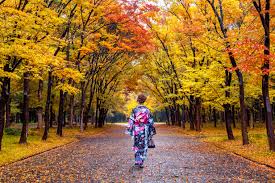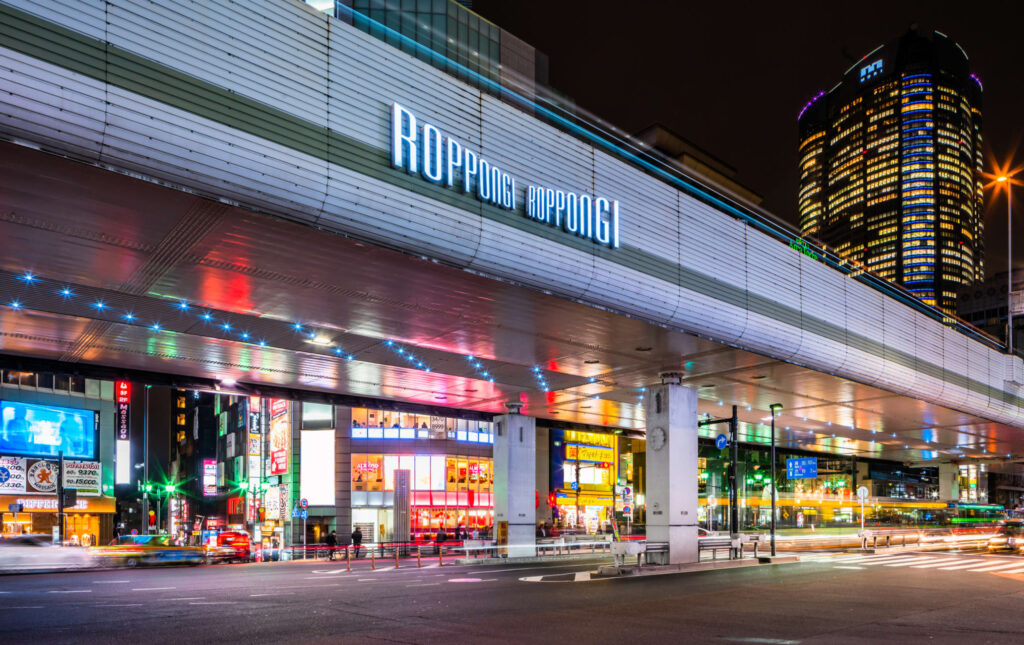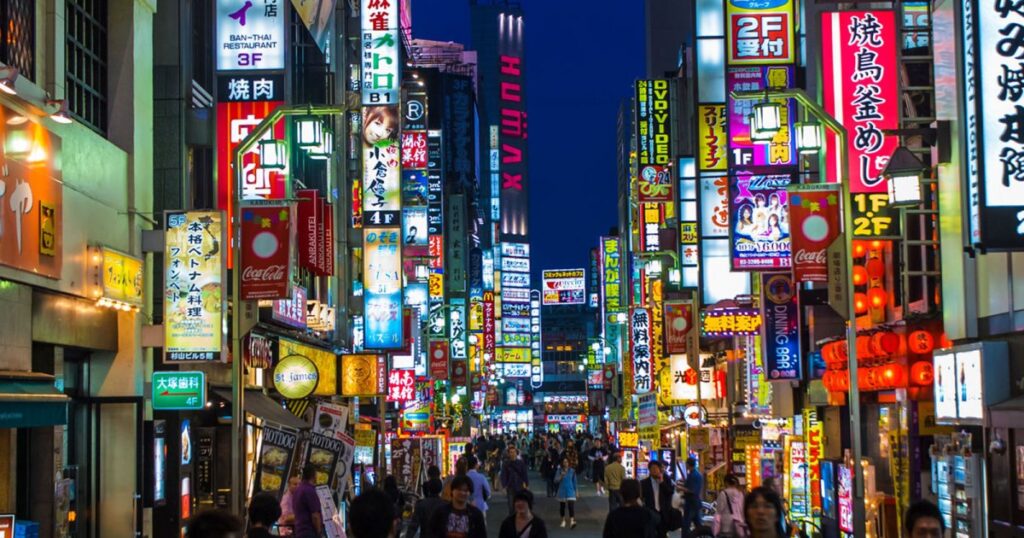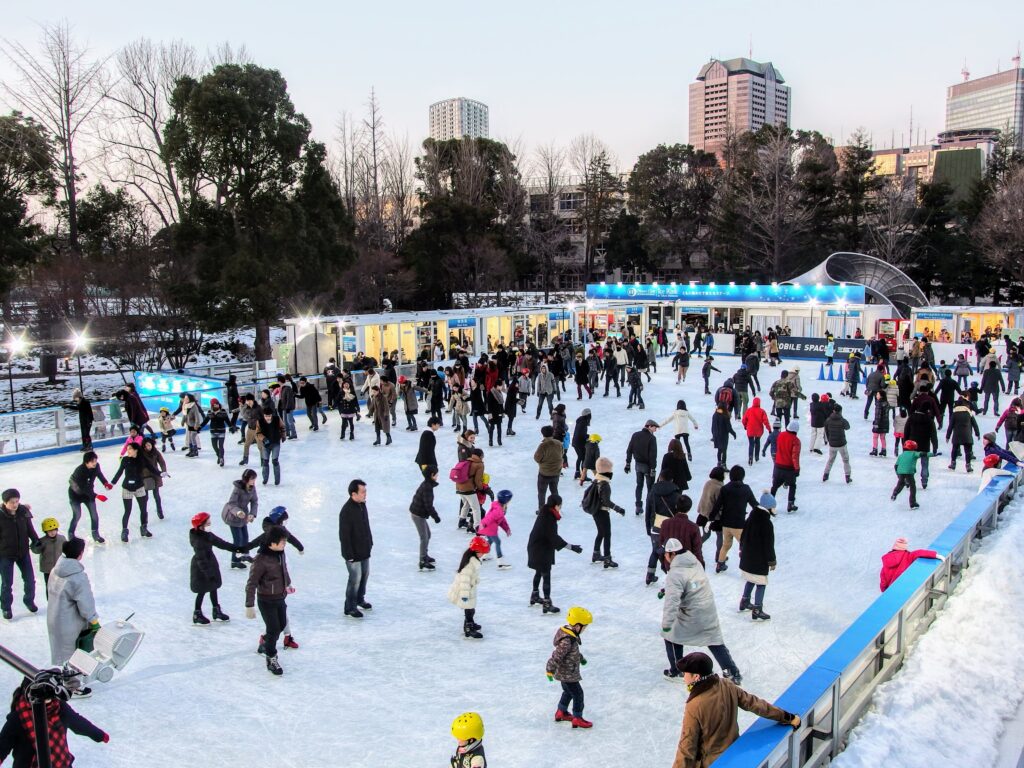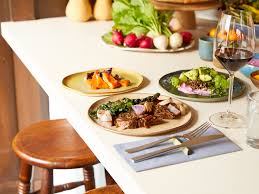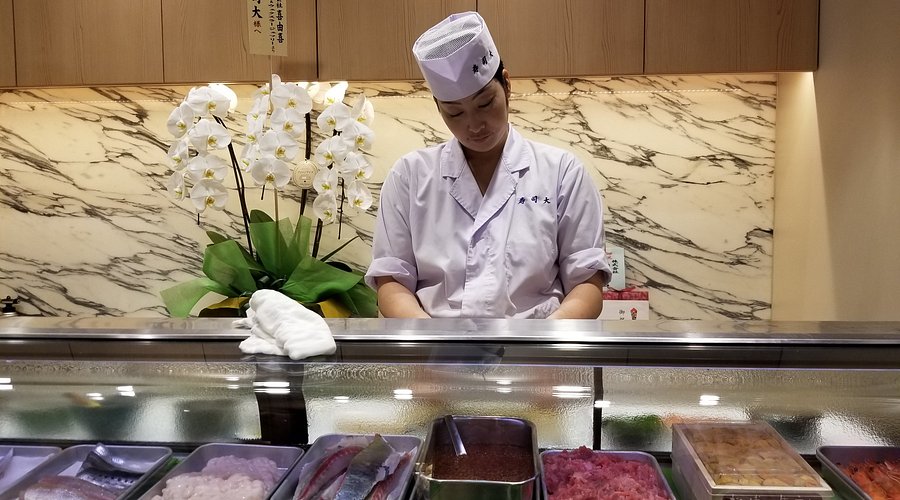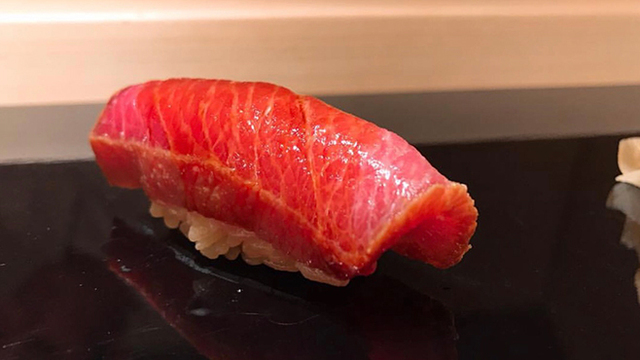Visiting an onsen is one of the best ways to experience the unique Japanese culture. Luckily, there are many amazing onsen only a short train ride from Tokyo. If you are looking for a traditional hot spring, a relaxing mountain experience, or a spa, there is an onsen for you.
1. Hakone Yuryo in the Kanagawa Prefecture
Hakone Yuryo is an hour and a half away from the center of Tokyo. Due to this, it is extremely popular for both locals and travellers to visit the onsen on a day trip. It is located in the mountains near Hakone-Yumoto Station, featuring large public baths, open-air rotenburo, and cedar-scented sauna rooms. The outdoor baths are surrounded by trees and fresh mountain air, making them especially peaceful in the early morning or at sunset. Hakone Yuryo also has kashikiri, or private rooms with personal baths, great for people who want a more private experience.

2. Takaragawa Onsen Osenkaku in the Gunma Prefecture
Though further than Hakone Yuryo (about 2.5 hours from Tokyo), Takaragawa Onsen features some of the best outdoor onsen experiences. The baths lie along a mountain river and are surrounded by forests that reflect the season. There are cherry blossoms in spring, striking greenery in summer, falling leaves in autumn, and snow in winter. Something unique about this onsen are the mixed-gender outdoor baths. These are less common, so if you are looking for a memorable experience, Takaragawa Onsen may be the place to visit.
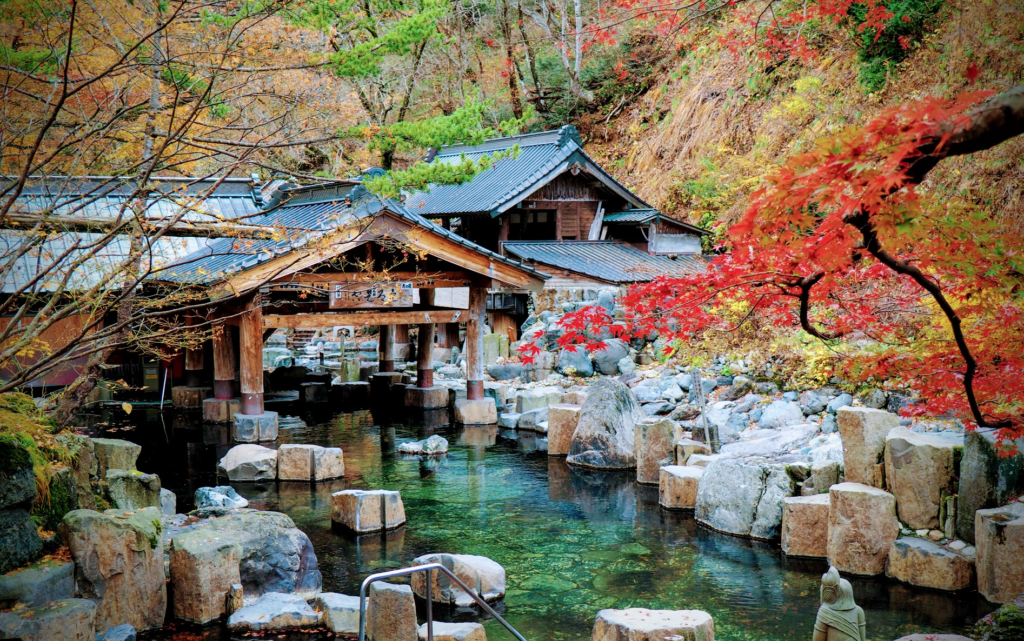
3. Ooedo Onsen Monogatari Utsunomiya in the Tochigi Prefecture
Unfortunately, the more easy to access Odaiba location closed, but the Ooedo Onsen Monogatari group continues to operate in other areas, including one in Utsunomiya. It is about 50 minutes from Tokyo by bullet train, and tries to provide the feeling of being in an Edo-period town, with indoor and outdoor baths, stone saunas, and massage services. It is perfect for those who want a Japanese-themed experience that still offers the relaxing aspect of hot spring water.
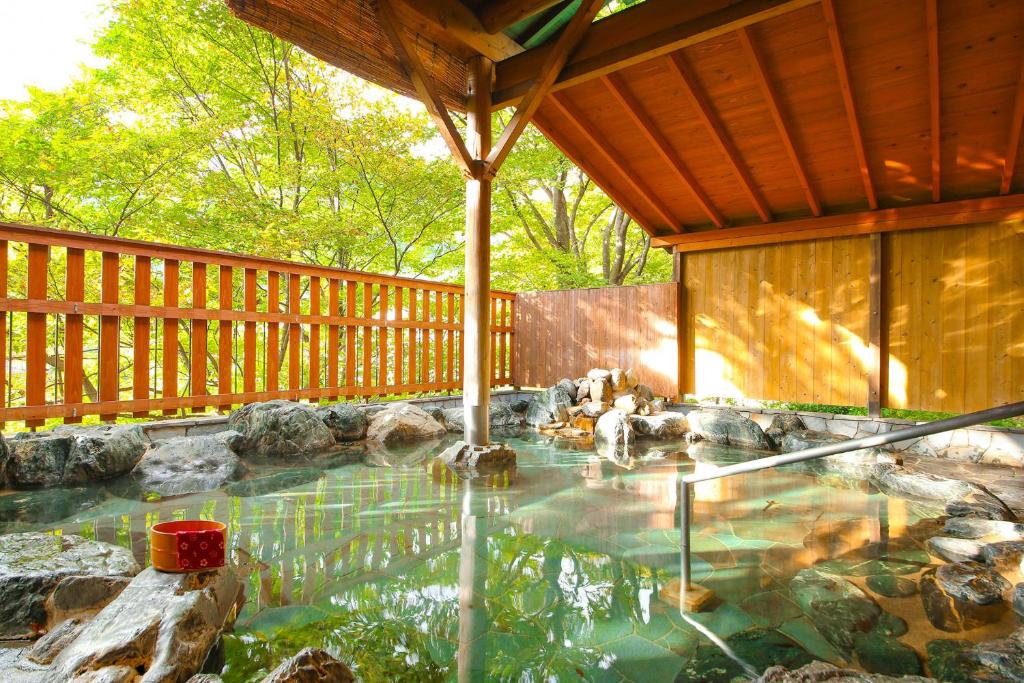
These are only three of the many amazing options that can be accessed from central Tokyo. Those renting an apartment from Tokyo Furnished will find it easy to access due to the apartments convenient locations!




